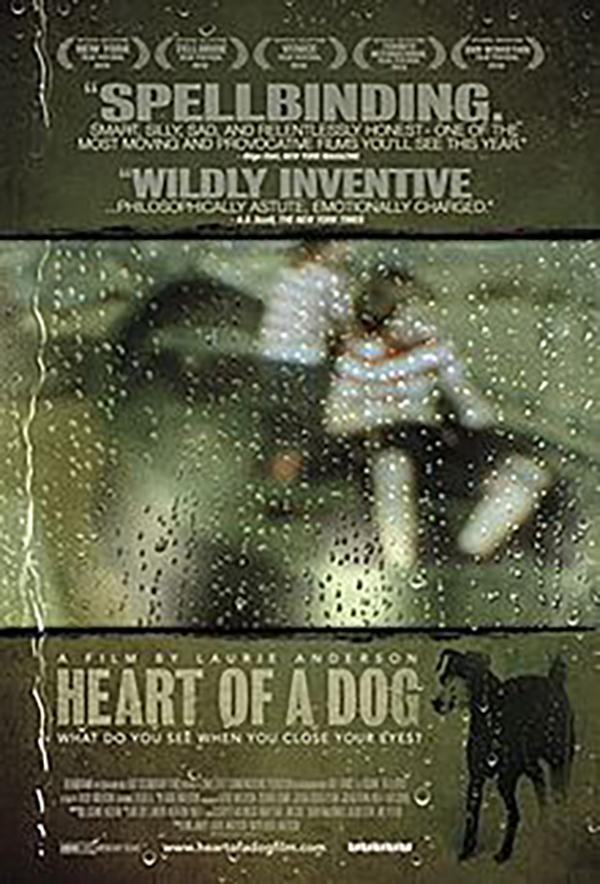Anderson’s ‘Heart of a Dog’ combines art forms to reflect on life and death
Laurie Anderson uses the death of her dog, as the starting point for reflections on life, death, religion and philosophy in her new film Heart of Dog.
November 4, 2015
“Heart of a Dog,” Laurie Anderson’s new experimental film, is a testament to the ability of film to combine several different art forms into one medium. Anderson combines her experience in painting, music, spoken word and film to make something that is original from beginning to end.
The film is narrated by Anderson, who uses the death of her dog, Lolabelle, as the starting point for reflections on life, death, religion and philosophy. Anderson’s voice has a rare combination of detachment and warmth, which is critical to the film’s tone. As the film goes in many directions, from commentary about fear in post-9/11 United States to reflections on Soren Wittgenstein and Soren Kierkegaard, it could easily have become extremely abstract and intellectual. Instead, we get a real sense of the emotional intensity of these subjects.
This intensity is heightened by both the music and the visuals. The soundtrack is in the EDM that Anderson helped pioneer. It is capable of being ominous in the scenes about post-9/11 fears, warm when looking back on Lolabelle and transcendent in the many spiritual scenes. The visuals often look like Asian ink drawings, underscoring the tranquility at the heart of the movie as well as its concern with Buddhism.
It is always difficult to depict spirituality in film, but “Heart of a Dog” does it successfully. Anderson mentions many times how her interest in Tibetan Buddhism shapes her life. She credits it with helping her come to terms with her relationship with her mother and the death of her friend, the artist Gordon Matta-Clark. The death of Lolabelle leads into a long section where she is in the bardo, or Tibetan state between lives. As Anderson reads from “The Tibetan Book of the Dead,” the visuals match the descriptions of the ego dissolving. Many color filters, light effects and changes in aperture speed help create this feel of ephemerality.
The scenes containing post-9/11 paranoia continue the political themes that have become much more prominent as Anderson’s career has progressed. These scenes fit into the whole film because they avoid becoming polemical. They are about the ominous feeling of the times. Shots of police with machine guns at Grand Central Station and of the endless computers at the National Security Agency headquarters make it clear that although Anderson is concerned with inner peace, she is not ignoring external reality.
Only shown briefly, is Anderson’s late husband Lou Reed, of The Velvet Underground, to whom the film is dedicated. Those who know about Reed will sense his presence throughout the film. “Heart of a Dog” is about the search for tranquility in the face of suffering, something of great concern to the man who wrote songs like “Heroin” and “I’ll Be Your Mirror.” We get a sense that both Anderson and Reed seem to have reached a state of peace.
The film was theatrically released in North America on Oct. 21 in New York and HBO will air the film in 2016.
Email Tony Schway at [email protected].















































































































































